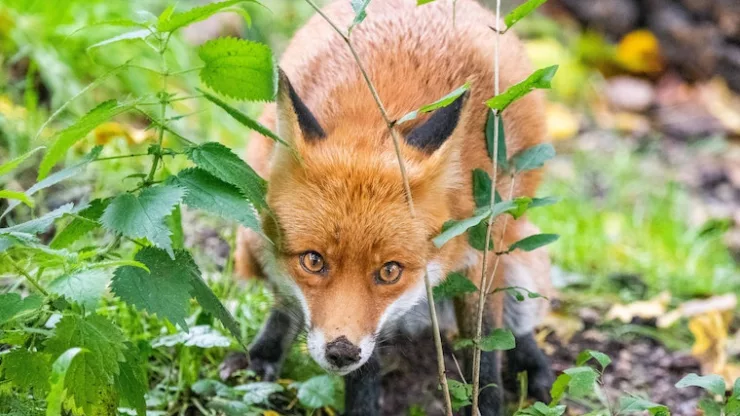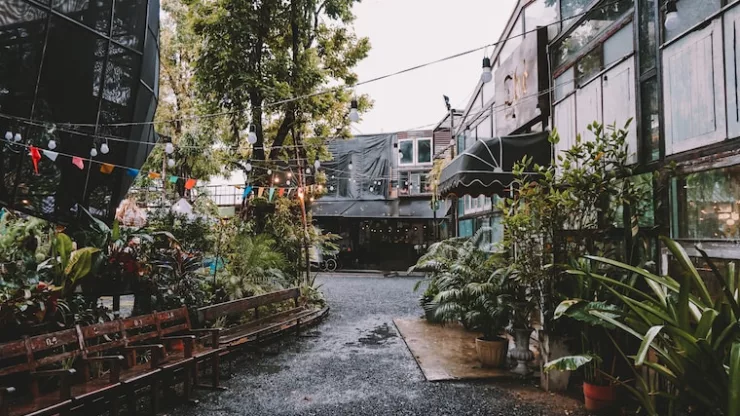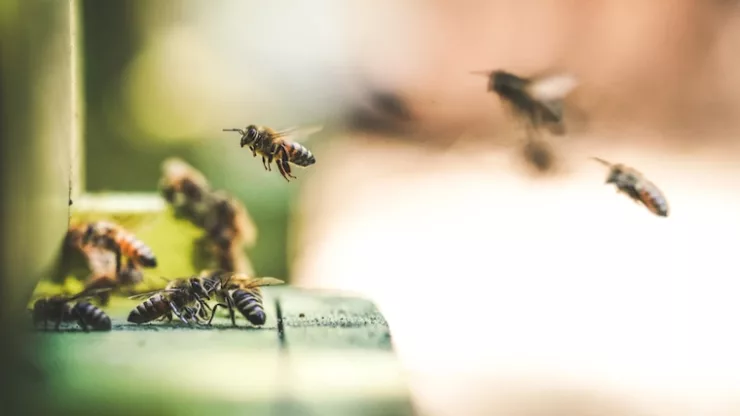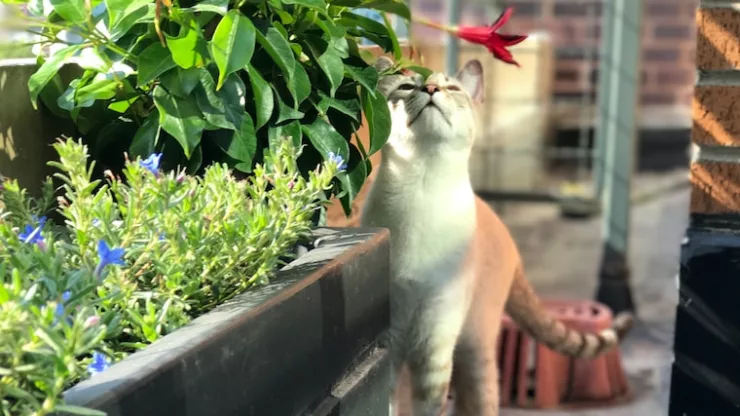Jump to Section
Urban Wildlife Diversity Across Continents
Urbanization has had a significant impact on wildlife across the globe. As cities grow, natural habitats are destroyed, wildlife populations decline, and ecosystems become imbalanced.
However, some species have adapted and thrived in urban environments.
This article compares urban wildlife across continents, highlighting the challenges and opportunities for conservation efforts around the world.
Urban Wildlife in Asia: Thriving Amid Urbanization
Asia is home to some of the world’s largest and most populous cities, including Tokyo, Shanghai, and Mumbai.
Despite the rapid pace of urbanization, many species have found ways to survive and even thrive in these environments.
Some examples include:
- Macaques in urban parks in Japan and Thailand
- Leopards in Mumbai, India
- Civets and porcupines in urban forests in Singapore
However, urbanization also poses significant threats to wildlife in Asia. Habitat loss, pollution, and poaching are all major issues.
Conservation efforts are necessary to protect these species and promote urban biodiversity.
North America: A Haven for Urban Wildlife Conservation
North America has a long history of conservation efforts, including protecting urban wildlife.
Many cities have designated parks and green spaces, which provide crucial habitats for a variety of species.
Some examples of urban wildlife in North America include:
- Coyotes in Los Angeles, California
- Peregrine falcons in New York City
- Raccoons in Toronto, Canada
Despite these successes, there are still challenges facing urban wildlife in North America. Climate change, urban sprawl, and invasive species are all threats to biodiversity.
Continued conservation efforts are necessary to protect these species and maintain healthy ecosystems.
Africa: Challenges and Opportunities for Urban Wildlife
Africa is home to some of the world’s most iconic wildlife, but many species are facing threats from habitat loss and poaching.
As urbanization continues to expand across the continent, there are both challenges and opportunities for urban wildlife.
Some examples of urban wildlife in Africa include:
- Vervet monkeys in Cape Town, South Africa
- Hyenas in Addis Ababa, Ethiopia
- Warthogs in Nairobi, Kenya
Conservation efforts in Africa face unique challenges, including political instability and poverty. However, there are also opportunities for innovative solutions and community-based conservation efforts.
FAQ
What are some common threats to urban wildlife?
Common threats to urban wildlife include habitat loss, pollution, climate change, invasive species, and poaching.
What are some successful conservation efforts for urban wildlife?
Successful conservation efforts for urban wildlife include creating parks and green spaces, promoting sustainable development, and community-based conservation initiatives.
How can individuals help protect urban wildlife?
Individuals can help protect urban wildlife by reducing their carbon footprint, supporting conservation organizations, and advocating for sustainable urban development.
Additionally, individuals can take steps to reduce their impact on local wildlife, such as avoiding feeding or interacting with wild animals.
I’m a nature enthusiast and creator of Metro Wilds and have spent years exploring the great outdoors.
With a passion for environmental conservation and sustainability, I have dedicated my career to writing about the beauty and wonders of nature, as well as the threats facing our planet.
Contact me at [email protected] for assistance.





